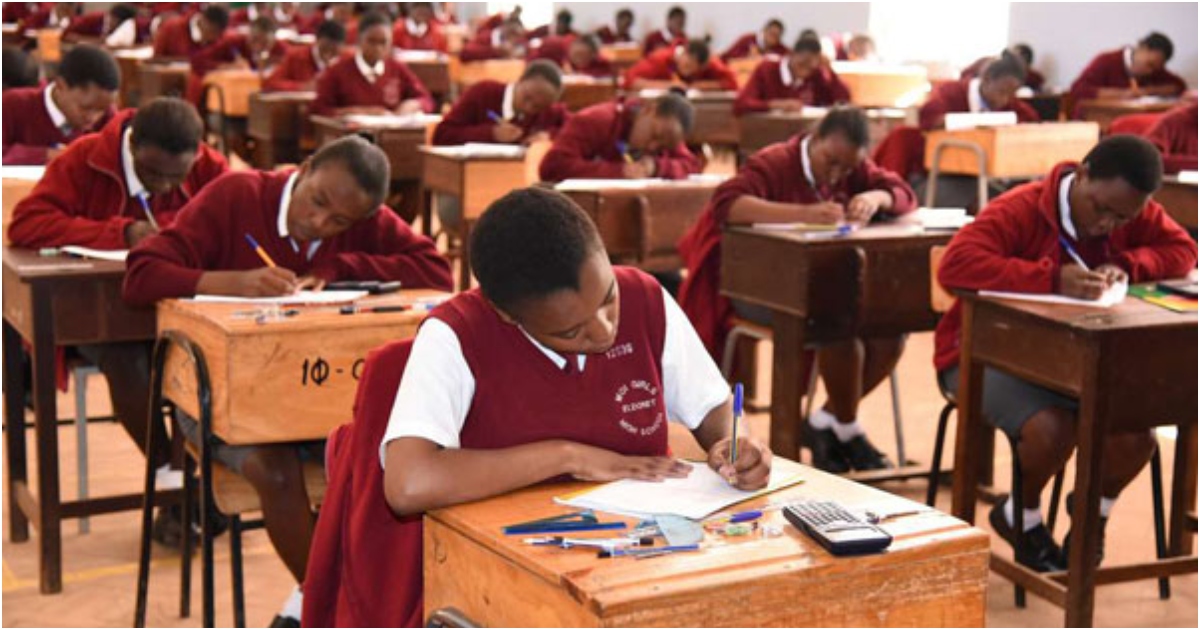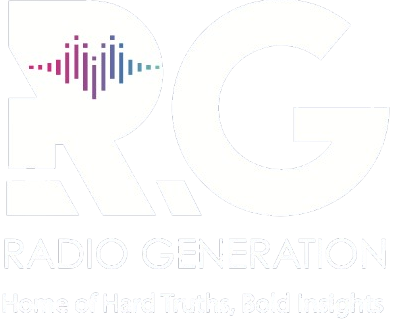Auditor flags Sh2.3bn loss in EduAfya scheme over premium irregularities

The audit, covering the period from 2020 to 2024, shows that the difference of Sh2.29 billion was not accounted for and lacked any reconciliation or explanation.
An audit into the government-sponsored EduAfya medical insurance scheme for secondary school students has uncovered questionable overpayments amounting to Sh2.3 billion, raising serious concerns over accountability in public spending.
According to a special audit report presented to Parliament by Auditor General Nancy Gathungu, the Education Ministry remitted Sh16.4 billion to the defunct National Health Insurance Fund (NHIF), even though the actual premiums payable were Sh14.1 billion.
The audit, covering the period from 2020 to 2024, shows that the difference of Sh2.29 billion was not accounted for and lacked any reconciliation or explanation.
“The excess remittance between the premium payable and the remitted amount for the period under review was neither reconciled nor explained,” the report reads.
The audit further reveals that only a portion of the funds remitted to NHIF were used to cater for medical services, with Sh5.3 billion spent on actual care while the remaining Sh11.1 billion was retained by the underwriter.
Gathungu stated that the Education Ministry failed to secure value for money in the Sh16.4 billion it paid in premiums for the four-year period.
“Therefore, the value for money on the disbursed amount of Sh16,468,040,851 to NHIF or the health services rendered could not be confirmed,” the Auditor General noted.
The EduAfya programme, launched in 2018 through a contract between the Education Ministry and NHIF, was intended to provide comprehensive medical coverage for learners in public secondary schools.
The agreed annual premium was Sh1,350 per student, with the government targeting about three million learners.
However, the audit raises red flags on inflated premiums, non-existent beneficiaries, and failures in system controls. Of the 9,312 secondary schools whose capitation was withheld and directed to EduAfya, only 8,846 had learners who actually accessed medical services.
In one instance, 465 secondary schools that received a combined capitation of Sh273 million showed no evidence of students benefiting from the programme.
The audit also revealed that 15,468 ineligible individuals, who were not registered secondary school students—received medical services through the scheme, costing the taxpayer Sh40.2 million.
Additionally, around 4,100 primary and junior secondary schools were listed in the programme despite lacking records in the National Education Management Information System (Nemis), suggesting that the system was vulnerable to manipulation and abuse.
Even after the EduAfya contract officially ended on December 31, 2023, hospital visits were still recorded. Between January and February 2024, 65 cases were captured in the Nemis system, totaling Sh35,550 in claims.
Gathungu questioned how services were provided two months after the programme had ended, noting that the policy only covered secondary school learners whose names were submitted by the ministry to NHIF.
“The value for money on the amount disbursed to NHIF for the services rendered could not be confirmed,” she added.
The EduAfya scheme was part of the National Education Sector Strategic Plan (2018–2022), under Policy Priority Two, which aimed to promote equity and access in secondary education through improved healthcare support.
